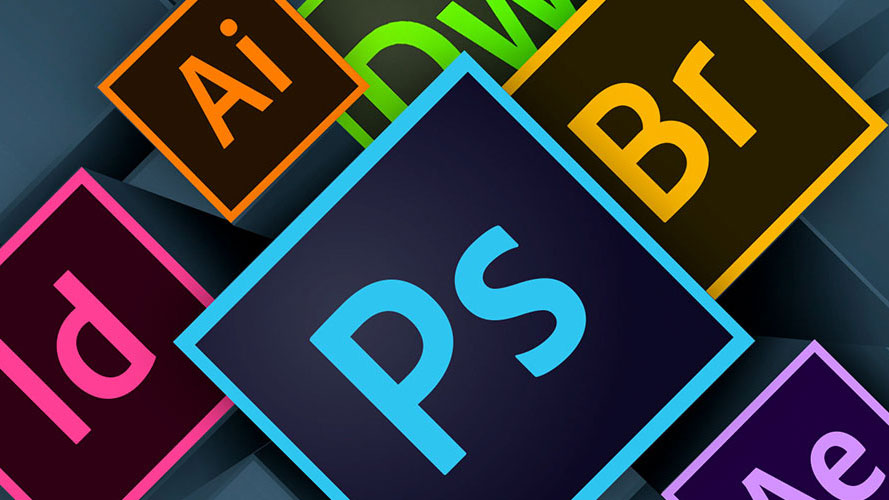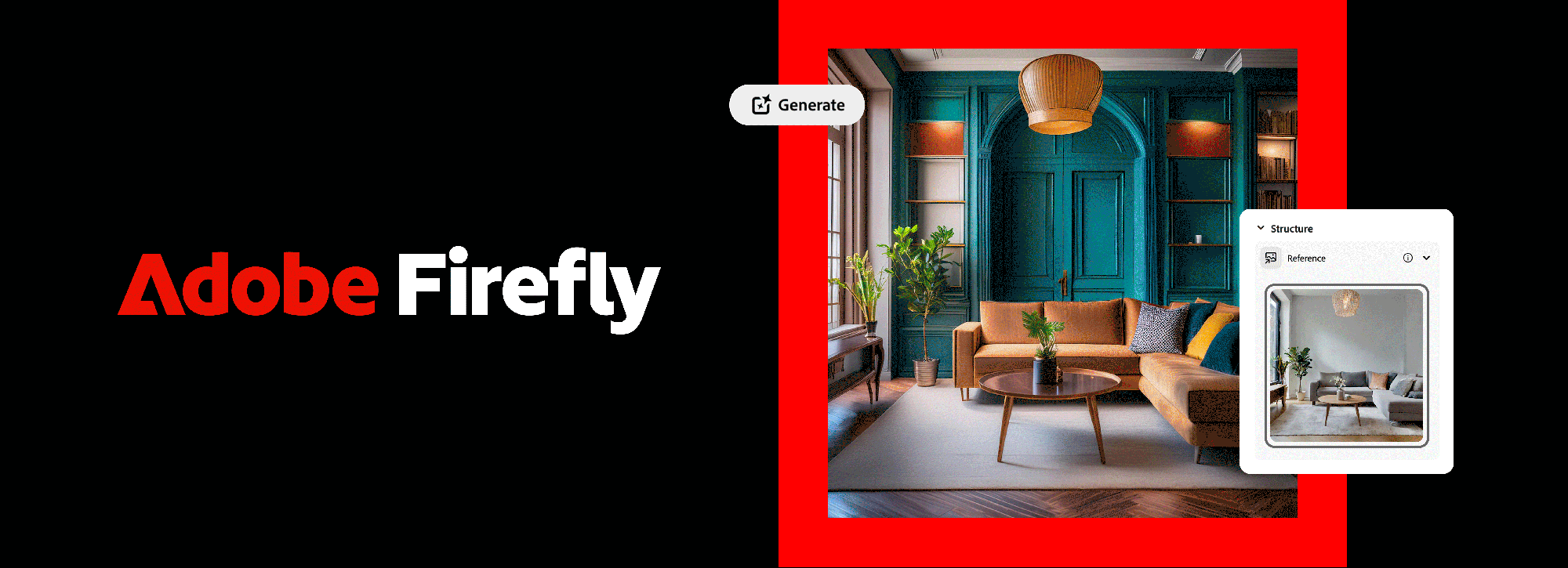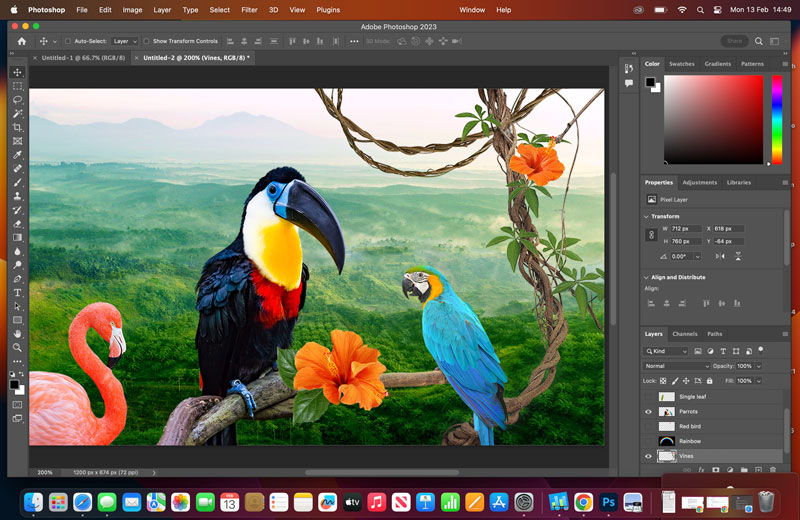How Adobe can win back the trust of creatives
If Adobe wants creatives to look past this year's scandals, is it time to put the brakes on AI?

In certain design circles, Adobe arguably has a reputation for charging too much, not listening to its customers, and forcing consumer-unfriendly terms and conditions on them. That’s something highlighted by its back-to-back controversies in 2024—both around Creative Cloud’s difficult-to-cancel contractual model (leading to a federal lawsuit), and a terms-of-service mess, which appeared to imply that the company was going to train its image-generation models on user creations.
Simply put, Adobe needs fresh strategies to repair its reputation with creative consumers. As a designer who cut his teeth on InDesign, as well as someone who has been writing about Adobe for years, I have a few ideas on where it should start.
Re-focus the messaging (and pricing) on individual users

In my opinion, the problem with Adobe’s model is ultimately rooted in the fact that its business is built around large companies, as highlighted by its emphasis on enterprise content creation in many of its recent press releases.
However, this ignores the fact that many creators do not work in the enterprise, and as a result it feels like Adobe talks above them. Marketing to the C-suite may win contracts, but it’s proving a reputational disaster. Its messaging needs to do more to emphasise freelancers, whose biggest annual work expenses may be Adobe’s products—and who are more likely to vent when Adobe makes mistakes.

Also, if it’s not going to drop the cloud-pricing model, would it kill Adobe to cut the price of Creative Cloud’s individual all-apps plan? Canva charges $120 per year; Corel charges $225; Quark charges $259. Creative Cloud, meanwhile, starts at an eye-watering (yet difficult-to-cancel) $720 per year.
Even Autodesk, which charges more than Adobe, offers a “flex” option for occasional use. If Adobe doesn’t want to cut prices, it should borrow that idea, because freelancers could expense that. (It should also offer more bundles like the photography plan—one for print, one for Web, one for video.)
A perpetual licensing option may be a pipe dream, but the company can still do much to fix its individual pricing model beyond what the FTC is suing them over.
Daily design news, reviews, how-tos and more, as picked by the editors.
Adopt a new platform

If you look at the history of design software, category winners often gain steam by leveraging changes in the cultural tide. Procreate, for example, was early to the iPad, and Adobe’s own InDesign eventually surpassed QuarkXpress because the company chose to support Mac OS X when Quark didn’t.
Right now, there are two potential tide-changes emerging: Microsoft’s budding embrace of ARM, and Linux, which is finally starting to see real growth after years in the doldrums. Adobe needs to lean into this—and it likely will emphasize Windows on ARM.
But it honestly would be a better goodwill play to support Linux. (Plus, it would be an easy inroad into the ChromeOS market, a platform many students are familiar with.) One look at the momentum that Blackmagic has seen around DaVinci Resolve, which supports Linux, proves this. It stands in contrast to Adobe—and right now, Adobe doesn’t need contrasts like that.
Fix customer frustrations

While Adobe has spent much of its PR energy focused on promoting AI tools like Firefly, the company has long let bug reports and feature requests linger. Example: For years, Adobe has largely ignored MacOS’ laptop-friendly full-screen mode, in favour of its own incompatible implementation. As a result, using Photoshop or InDesign on a Mac is often a pain. Users have complained about this for more than a decade. But the issue persists.
If Adobe wants to be seen as consumer-friendly, now is the time to fix low-hanging fruit like this. The company’s UserVoice forums, which it offers for many of its tools, are a great start. InDesign has nearly 5,000 feature requests; Illustrator has 7,500 bugs. AI features might impress the CIOs and executives making purchasing decisions, but clearing this backlog in a real way would do way more to impress users.

Thank you for reading 5 articles this month* Join now for unlimited access
Enjoy your first month for just £1 / $1 / €1
*Read 5 free articles per month without a subscription

Join now for unlimited access
Try first month for just £1 / $1 / €1
Ernie Smith is a freelance journalist and the editor of Tedium: The Dull Side of the Internet, a tech history newsletter. Follow him on Mastodon.

